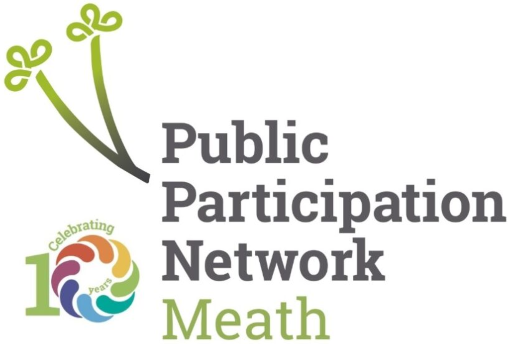All-Ireland Pollinator Plan: February 2024 newsletter
Comments : 0
| View this email in your browser |
 Newsletter: February 2024 The All-Ireland Pollinator Plan is a framework bringing together different sectors across the island of Ireland to create a landscape where pollinators can survive and thrive. Its implementation is coordinated by the National Biodiversity Data Centre. |
To spot this month: keep an eye out for large bumblebee queens that have emerged from hibernation The two most common bumblebee queens you will spot this month are the Buff-tailed Bumblebee (Bombus terrestris) and the White-tailed Bumblebee (Bombus lucorum). They are similar to each other – both have one band on the thorax, one band on the abdomen, and a whitish tail. The Buff-tailed bumblebee has orange bands and a buff or off-white tail. The White-tailed bumblebee has lemon-yellow bands and a clean white tail. Please submit a photograph with any records if you’re not sure about identification.  Submit your bumblebee sightings To do this month: make a plan for how you’ll help pollinators in 2024 We’re often asked about the best ways to help our declining wild pollinators. Read the top ten evidence-based actions you can take to help these important insects.  Top ten ways to help pollinators New initiative – pollinator, native plant, and action of the week Across the island of Ireland, pollinators are still in decline, but our data shows that local populations are increasing where actions are taken to help them. Every month between February and October, we’ll share ideas on how you can support these important insects with evidence-based actions. We’ll also be celebrating the connection between native plants and pollinators by shining a spotlight on different species. Each week on social media we will release a pollinator of the week, a native plant of the week, and an action of the week. You can also get the monthly summary on our website. Find out more about pollinators in February below.  February: pollinator, native plant and action of the week Bumblebee poster In preparation for bumblebees reappearing to brighten up our lives again, now is a great time to remind yourself of what the different species look like. We have lots of National Biodiversity Data Centre resources to help.  Bumblebees of Ireland poster Free online identification course Right Tree, Right Space, Right Place Native trees can be excellent sources of food for pollinators, especially in spring and early summer. February is a good time to plant bare root trees. See our flyer with guidance on planting trees for pollinators, produced with the support of the Tree Council of Ireland, the Native Woodland Trust, and Trees on the Land.  Read more Please think twice about planting wildflower seed Our pollinators need the native flowers they have evolved alongside. Studies have shown that the seeds in many wildflower seed mixes are imported from other countries, and are not native, despite what the packet might say. There is a huge risk of accidentally bringing in invasive species like Black grass that, if spread, would be devastating to the Irish agricultural industry. Wildflower seed mixes are much more attractive to humans than to pollinators. If you decide to buy wildflower seed, source it very carefully, and never plant outside garden settings. The Pollinator Plan does not endorse any seed suppliers or wildflower seed products. If you really want to help biodiversity, our advice is always to Don’t Sow, Let it Grow  Read more Orchids Last year, as a result of initiatives like No Mow May, some people reported seeing Orchids in their gardens or local communities for the first time. The return of these beautiful native plants is symbolic of how easy it can be to help biodiversity by choosing the right actions. If you spotted Orchids last year due to changing your mowing regime, please let us know at kchandler@biodiversityireland.ie Below is the first Orchid to appear in the long-flowering meadow at the National Biodiversity Data Centre.  |

